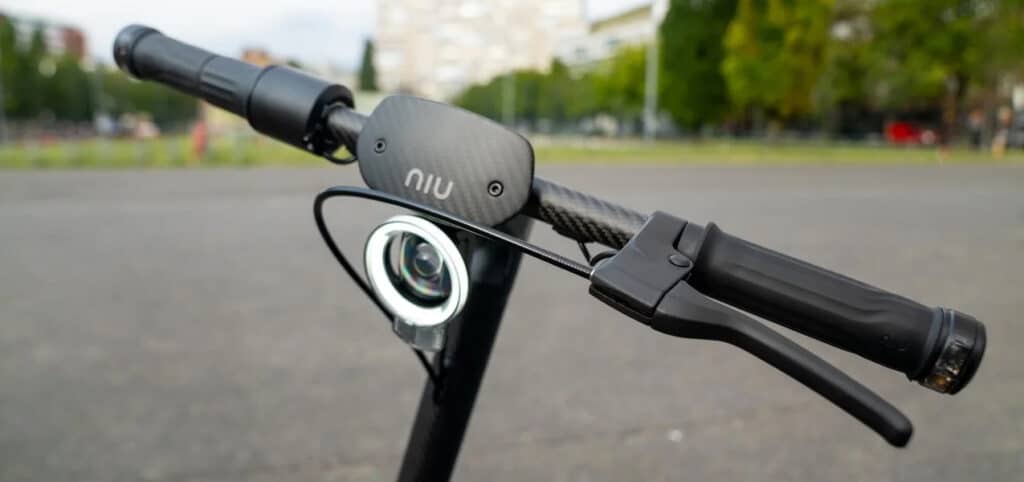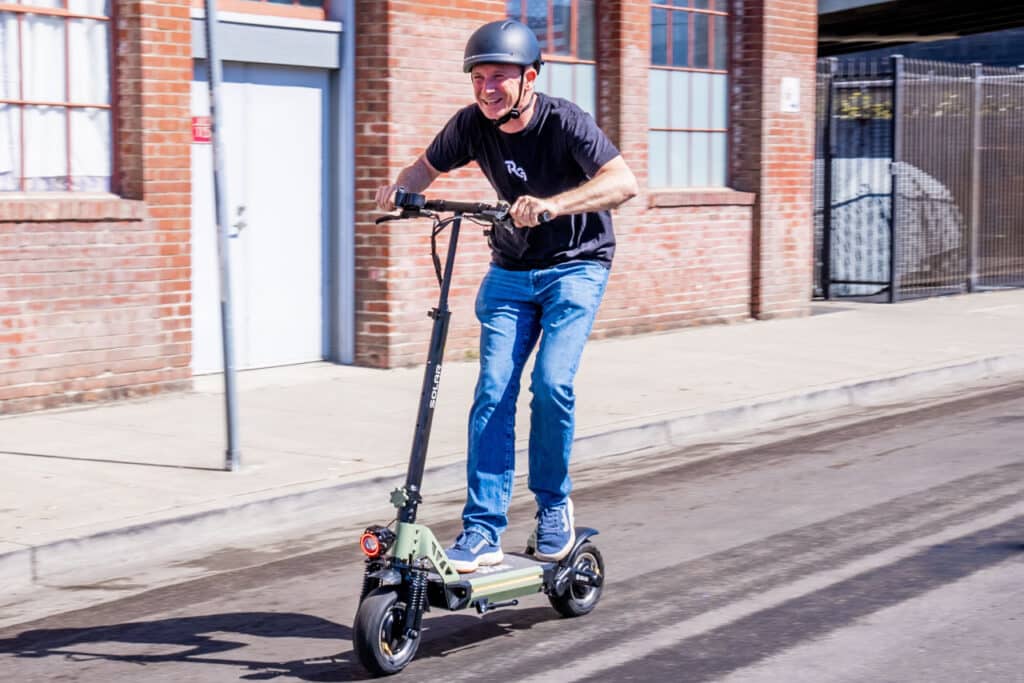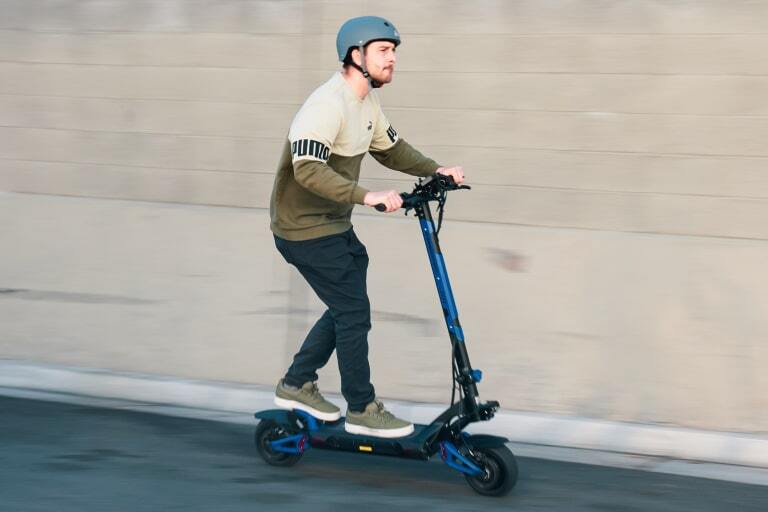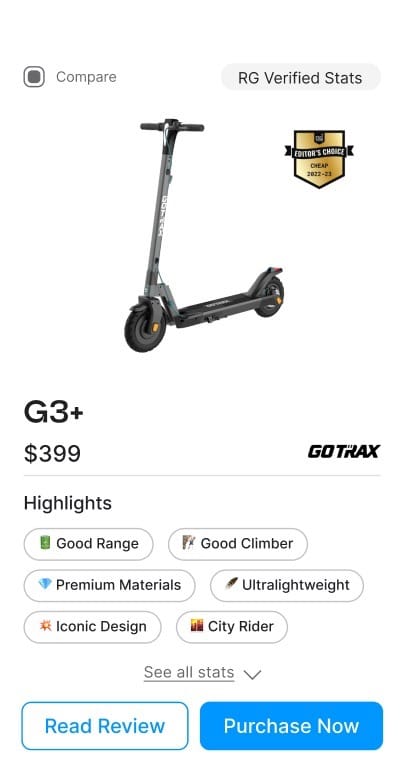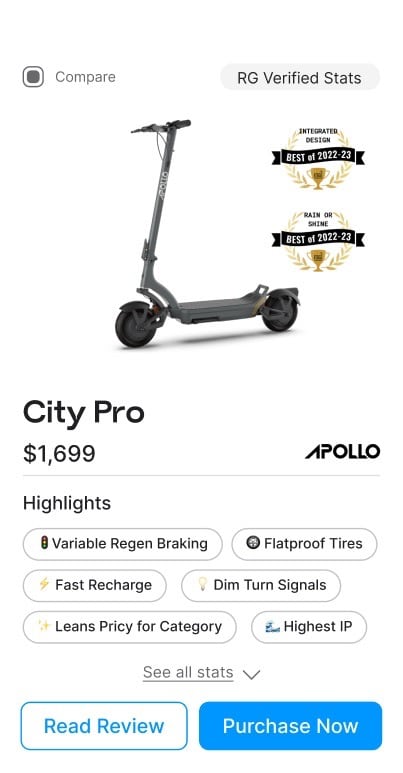Electric Scooter Motors
The DC electric motor is the “powerplant” of your electric scooter. It determines top speed, acceleration, hill climbing ability, power consumption, and performance. All electric scooters have at least one motor, while high performance scooters will have two.
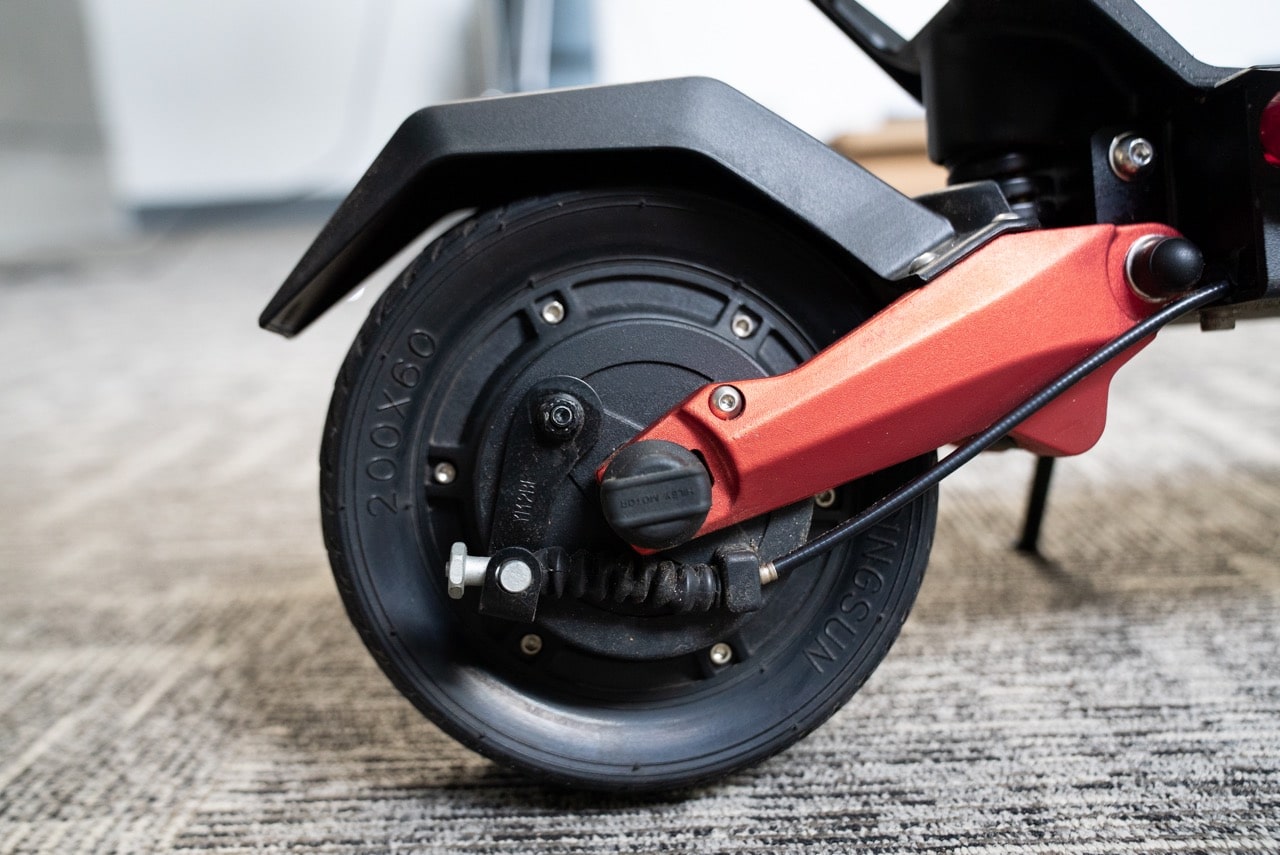
This guide explains everything you need to know about electric scooter motors.
Motor Power
Nearly all electric scooters have a motor power rating that is given in units of watts. A watt is a measure of power equivalent to joules per second or energy per second.
The motor watts or wattage indicates how much power the motor is capable of consuming. Notice that we use the word consume and not produce (more on this later). A motor with high wattage will be able to consume a lot of energy in a short amount of time. The more energy a motor consumes, the more mechanical power it will produce. A higher motor watt rating, in general, means the motor will accelerate more quickly, carry more rider weight, and climb steep hills.
Not all motors are created equal and motor power (measured in watts, W) doesn’t exactly tell the whole story. For example, two motors could be rated for 250 W. This means they can both consume 250 W of electrical power, but it doesn’t mean they are equally efficient and produce the same mechanical power. This is because motor power doesn’t capture how the motor’s efficiency, and no manufacturer currently reports that figure.
Though motor power is usually provided, you can also calculate it by multiplying motor voltage (volts, V) by current (amps, A). For example, to find the motor power (watts, W), consider a motor running at 36 V and 7 A; it has a power output of 36 V x 7 A = 252 W.
Motor Torque
In general, motor power is a coarse way to compare the performance of different electric scooters. The scooter with the more powerful motor should accelerate faster and carry heavier loads. However, as we mentioned before, this measure doesn’t tell you about the motor efficiency. Additionally, different manufacturers seem to measure motor wattage differently (or optimistically). As such, we recommend that you consider it a useful measure to coarsely compare scooter performance, but not a be-all end-all decider of a scooter’s performance.
When discussing motor power, there is a difference between what is called peak power vs. sustained power. Peak power refers to the maximum amount of power the motor can consume for a short period of time. It is also not the most useful measure for comparing electric scooters because how it is measured also doesn’t seem to be universal. Additionally, peak power is often 2 to 5X greater than continuous power. Some manufacturers quote the peak power of their electric scooter as a way to boost their stats.
Sustained or continuous power is the maximum amount of power the motor can consume indefinitely. Continuous power is what we (and most others) are referring to when we quote specs for motor power or motor watts. This is the most useful measure for comparing motor performance among electric scooters.
Motor Types
There are two types of motors used in electric scooters: brushless direct current (DC) electric motors and brushed DC motors.
Brushless DC Motors
Brushless DC motors — also known as a BLDC motor or EC motor (electronically commutated) — are based on newer technology that performs better than brushed DC motors. Emerging in the 1970s, BLDC motors are more efficient, have better power-to-weight ratios, and are more durable. They also tend to run quieter, and are less prone to overheating. Most quality electric scooters will have a BLDC motor.
Brushed DC Motors
Brushed motors are an older form of motor technology dating back to the 1800s. In brushed DC motors, mechanical brushes drag along the inside of the motor to alternatively power different coil phases. Over time, the brushes wear down from friction and that can cause voltage to act irregularly and be hazardous. In a BLDC motor, this mechanical component is replaced by digital switching circuitry that alternatively powers different coils in the motor.
Electric Scooter Motors Summary
Most electric scooters come with BLDC motors. If you are shopping for a scooter, it is useful to use motor power (or motor wattage) to approximately compare performance of different scooters. More power should give you better acceleration, faster top speed, and better hill climbing ability.
However, because there is little standardization in how manufacturers measure and quote this number, it’s not the ultimate decider of performance. This is why we measure RG certified performance of every electric scooter we review.
Check out our current RG Editor’s pick of the best electric scooters on the market!
Frequently Asked Questions
How can I tell if my motor is the reason why my scooter isn’t performing?
The motor tends to be one of the more reliable parts of the electric scooter and usually isn’t the cause of repair issues. If your motor isn’t rotating, more likely it is a controller or battery issue.
Can I tune-up the motor to improve performance?
Some scooters, like the Xiaomi Mi M365, have firmware hacks that allow you to change the power output from the controller, which improves scooter performance (but reduces range and potentially battery life).
As important, or perhaps even more important than getting a quality helmet that provides protection commensurate with your risk, is getting one that fits correctly.
A helmet that does not fit correctly will not perform optimally in a crash.
Related Reviews
